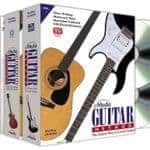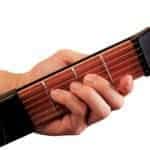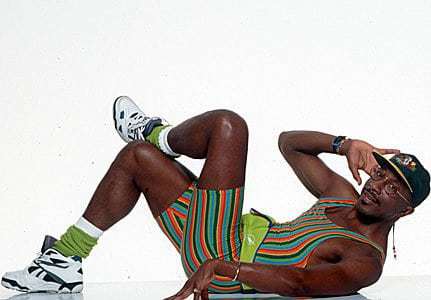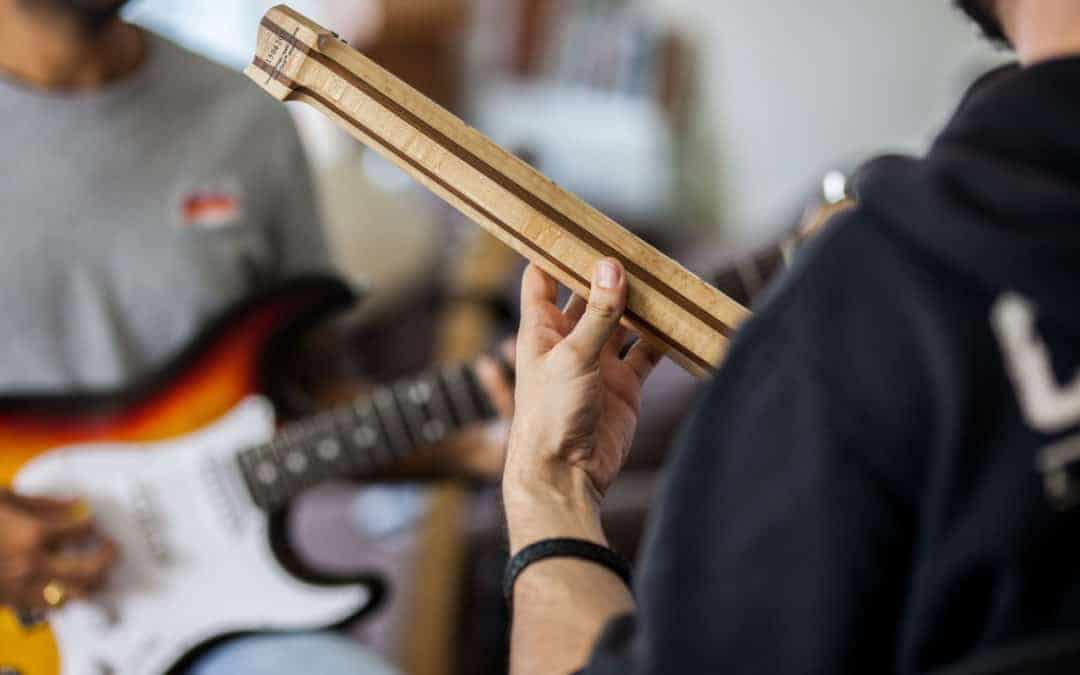
How to play the guitar DVD
One of the hardest things to do for guitarists of any standard, is deciding what (or how) to practice. There’s a plethora of books, DVD‘s, apps and gadgets designed to inspire you along the way. I feature some the better of these here on my blog.
As a beginner it’s totally overwhelming and frustrating as you try to decide where you want to start; Which

Jam Stick
song(s) do I want to learn? How do I start to develop my own style? How do I develop (insert technique here)?
As an intermediate and above …the story doesn’t necessarily change. As you conquer various techniques your palette and capability expands and there aways seems to be ‘just one more thing’ you could be working on; Theory, speed, composition, sight reading …the list goes on and on.
My approach to practise, regardless of the specific things I’m working on at any one time focus on these main points:
- Whats the smallest thing I can practise (bear with me – I know this sounds counter productive)?
- How can I tell if I’m improving?
- How can I utilise this skill? You could also ask this question this way: Why am I learning this, and what’s my motivation?
This blog breaks these subjects down and I hope helps you on your journey through shredsville and beyond.
Before I begin there’s some background I really want you to take away regardless of approach and mind set. You might also be interested in my 5 don’t while learning guitar.
For those who are impatient (I see ya!), you can skip to practice regime right at the bottom of the page.
Practice REGULARLY.

Give your practise regime a pulse!
You can make progress (particularly early on) by practicing little but often. This doesn’t have to be for extended periods.
Personally I’d rather see students pick up the guitar for 20 minutes every day than ‘binge practice’ for hours on end right before a lesson.
Building muscle memory takes time and repetition. Repetition can be demotivating. So try and find a sweet spot in your practice time that leaves you not wanting to stop. Don’t burn out trying to repeat things until they are perfect early on!
When You Practice; Do It With Focus.

Focus
- Put your phone away.
- Turn off the TV.
- Ask friends/family/pets to leave you alone for your allowed practice time.
- Give your self space and time to FOCUS.
To make focusing easier once you’ve created the space for yourself to do it in, measure as much as you can about what you are doing without it becoming cumbersome and tedious. Learning any new skill is about the little wins, and this has never been truer when learning to play guitar. If you don’t keep yourself accountable you may be missing out on some of the little things that keep you motivated and moving forward.

Mr Motivator
Some Simple Ideas For How To Keep Yourself Motivated
Do these things each time you sit down to practise:
- Jot down the BPM you are practicing a scale at. Is it getting quicker over time?
- Video yourself playing these exercises. Is there an improvement in accuracy over time?
- How does your posture look in the video? Can you spot any bad habits you can address in your next session?
- Is what you just filmed something you are proud of? No? What do you need to do to make it something you are proud of?
Pay It Forward
The beauty of taking stock of what you are doing during practice time means you can feed anything that needs addressing into your next session.

Practise Progress Graph
Don’t expect a constant upward trend; consistency is as much of a win as an increase and the occasional drop is normal
This in turn breaks potentially large and daunting exercises or passages of music down into small things you can focus on. This leads nicely onto my next point.
How Little Can I Practice?

Don’t be lazy, be efficient
Now this point always gets met with a look of utter confusion by new students, but this soon melts into glee as explain myself.
An Example
Let’s say you are learning your C major scale, and you are using legato to execute it. Because you are being accountable (see above), you notice that you seem to stumble crossing the D and G strings. If that’s the case; Isolate this part of the scale and play only this at the start of your next session. As it becomes more comfortable, incorporate the rest of the scale. Don’t just keep playing the scale from the beginning over and over again!
I’ve seen beginners and advanced players alike make the mistake of playing the ENTIRE scale over and over again trying to address a small issue in only part of it. This will result in frustration, and make you less likely to be encouraged to practice.
By breaking the scale down we’ve done a few things worth noting;
We’ve Made The Problem Smaller

Honey I shrunk the problem
This means it will take less time to practise, and give you a happy hit of endorphins as you begin to understand and overcome the problem. Seek out these little rewards, they add up and will keep you inspired!
We’re Focusing On Something You Can’t Do, And Not Exhausting Something You Can
If you repeat something you are practicing in it’s entirety, without isolating and addressing a very specific problem area, you’re going to get bored very quickly. Focussing on some small goals around things you can’t do is incredibly important;
- If a goal is small enough, it’s something we feel is attainable. This encourages us to keep going as we can see the end in sight.
- Doing something you’ve never done before means that you are learning. By definition, if you are learning you are improving.
- You’ve maximised on your time and productivity. We’re all in a rush to improve. Unfortunately for most us, music is simply not something that can be rushed.
Now I’m not saying you shouldn’t continue to practice the things you are good at but don’t give them your focussed time, just enjoy them!
How Can I Utilise What I’m Practicing?

Use it, or loose it!
Now my final point before the good stuff – the practise regime itself.
Give your practise time focus. If what you site down to do in each session is a short term goal, then this is the long term.
Trying to speed up your legato? Ask yourself why, and think about how you can use speed in smaller bursts to start building confidence.
Want to learn all the scales? Ask yourself how often you’ll be using all of them.
Again; This isn’t an excuse to not learn things, but it is a practical way to prioritise your goals with out overwhelming yourself.
The Practice Regime
I’ve designed the regime to help beginners, but it’s actually the foundation and cornerstone of much of my own practice time.
Total duration when each exercise is carried out for for 3 minutes is 20 minutes and should be carried out at least every other day. This is a minimum, feel free to extend this and adapt it to your needs.
Begin by using a metronome, drum machine or backing track.
Pick a BPM that’s comfortable to begin with. This is not a race!
- Sit down, with proper posture. This is only 20 minutes!
- Tune by ear
- You can use a tuner to get your bottom E in tune before using this as a reference point for other strings. This is a really sneaky way of starting ear training in a practical way.
- Chromatic exercises
- Major scale in different position on the neck, using alternate picking, do this ascending and descending!
- Pentatonic scale in different positions on the neck, using alternate picking for 3 minutes, do this ascending and descending!
- Pentatonic scale in different positions on the neck, using hammer-ons to ascend and pull offs to descend
- Practising bends. Pick a note, then bend a note below it (on the same string) to match it’s pitch. Vary how far back from the note you want to bend up to you go.
- Spent five minutes looking at strumming:
- Using down strokes only, one strum per beat for 1 minute
- Using down strokes only, two strums per beat for 1 minute
- Focus on establishing that loose limp wrist and the rotation in your forearm
- Two strums per beat, this time using an up-down pattern for 1 minute
- With the last few minutes – or for as long as you like, do some free form rhythm work


























